(Translated from the original post on March 07, 2023)
Hello, this is Minew.
Since I heard that the first storm of spring blew through the Kanto area last week, I would like to look back at the photos I took during the cold and wintry season. I don't like cold weather, but I like the scenery at this time of year.
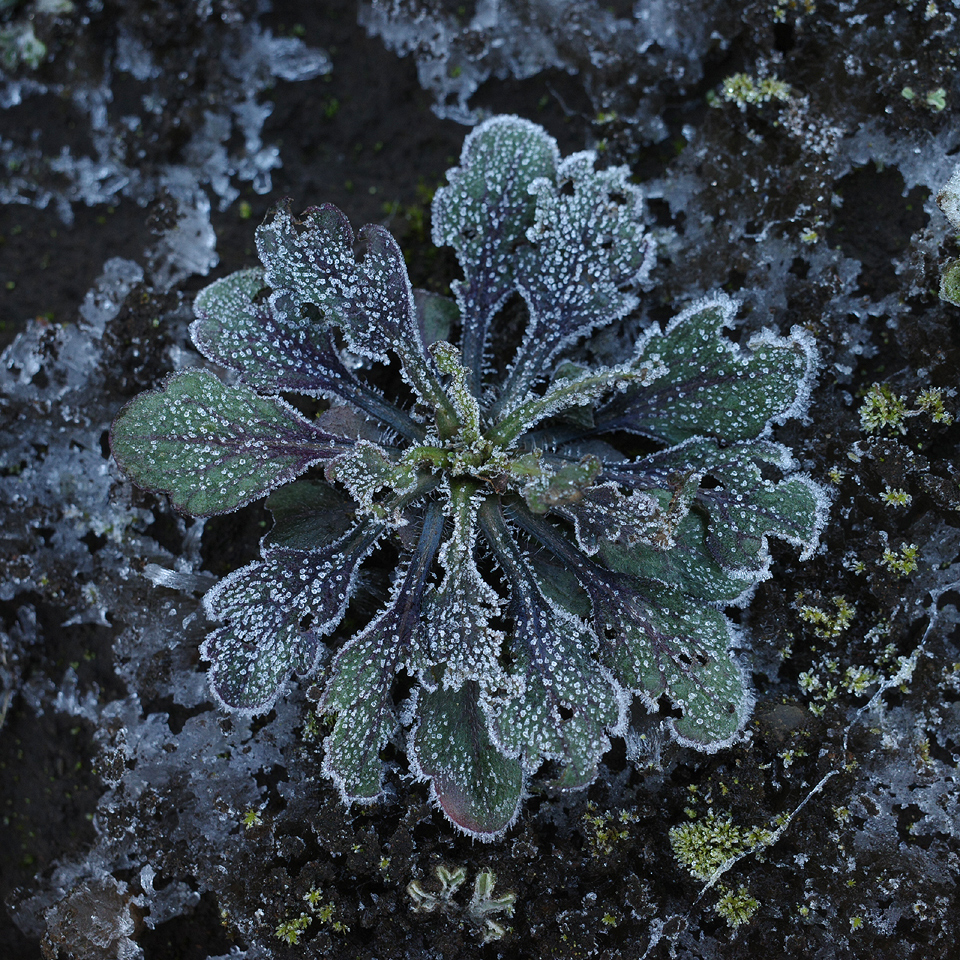
GR III, P mode, ISO400, 1/125 sec, F5.6, -1.3EV, WB: Auto, Retouched (Level Compensation)
The first sign of winter is frost (link to Japanese BLOG). I like to look at the white crystals and columns of frost on the tips of the grass leaves on the ground. They are beautiful.
Even in winter, I dress warmly and take a walk around the neighborhood every morning. I have about five different routes that I often take in different directions, and I start walking in whichever direction I feel like going that day.
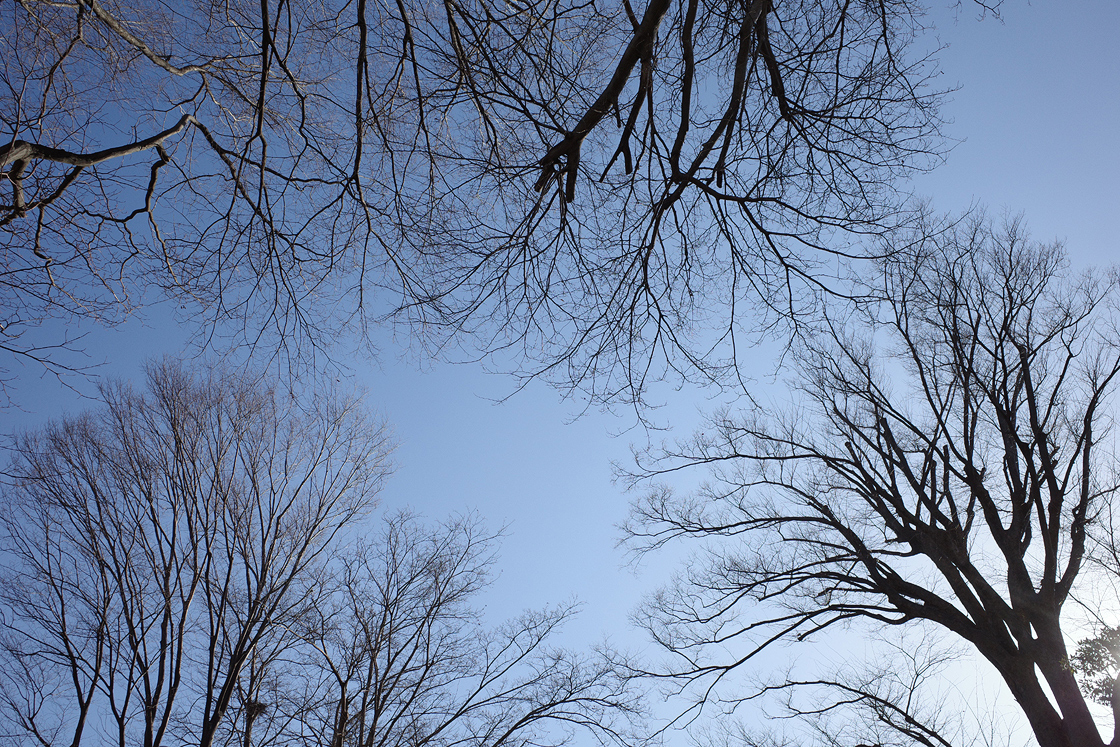
GR III, P mode, ISO200, 1/1000s, F4.0, +1.0EV, WB: Auto
In the forest where the leaves have fallen, the clear sky can be seen through the gaps in the branches. Bird nests are also visible.
Looking at the roadside, red berries can be seen in the bushes that have lost their green color.
There seem to be relatively many plants with red berries (few green berries), probably because the red color attracts birds to eat them. Nandina, holly and Japanese holly ... I wonder if the fact that they are only about 1 cm in size is because they are small enough for birds to swallow.
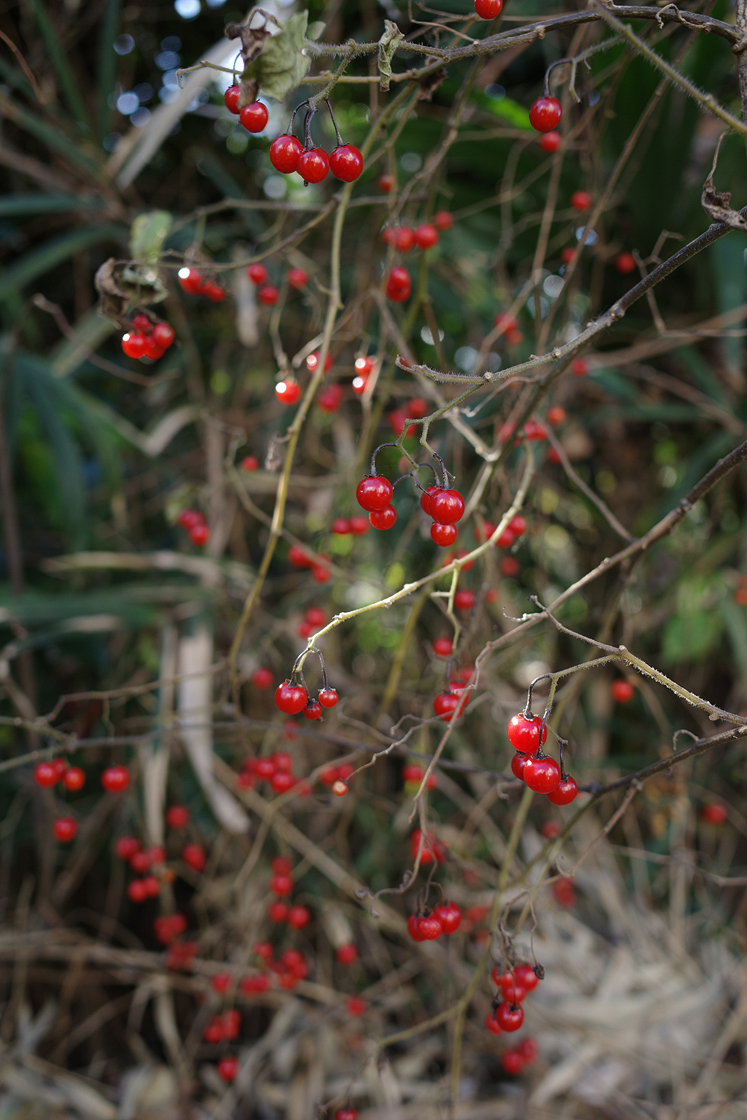
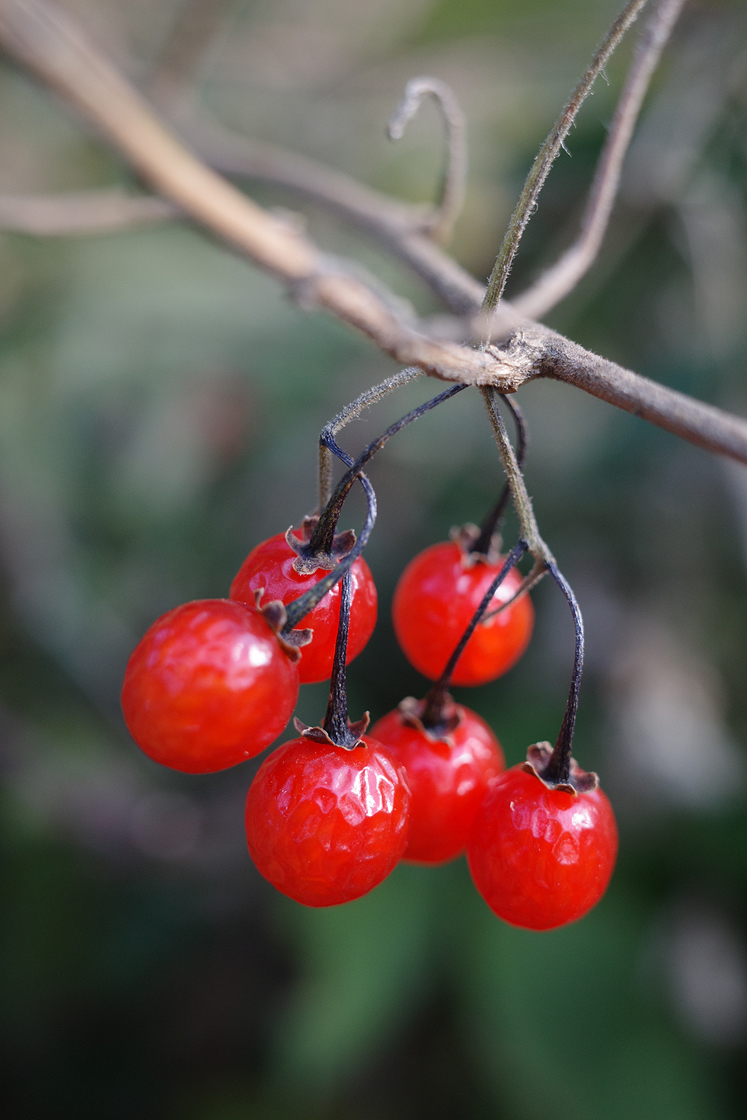
Fruits of the Hiyodori jogo, the second is a macro shot.
GR III, P mode, ISO100, 1/125 sec, F2.8, -1.0EV, WB: Auto
GR III, P mode, ISO200, 1/60sec, F3.5, -0.3EV, WB: Auto, Crop 35mm
Fruits of the Hiyodori jogo. I learned about them for the first time this year. They are a beautiful shiny red color.
It is difficult to know what kind of plant it is when it is an ordinary red round fruit, but when it grows on a path that I pass every day, I can connect it with my knowledge that the flower I saw in summer has changed and become a fruit, or that it is the plant with those leaves.
If the color of the flower is subtle, it is even more difficult. But you can start by remembering the fruit, and then try to find the flower the next spring or summer. It's a long process, but it's fun to see the names of the flowers and berries I know grow with each passing year.
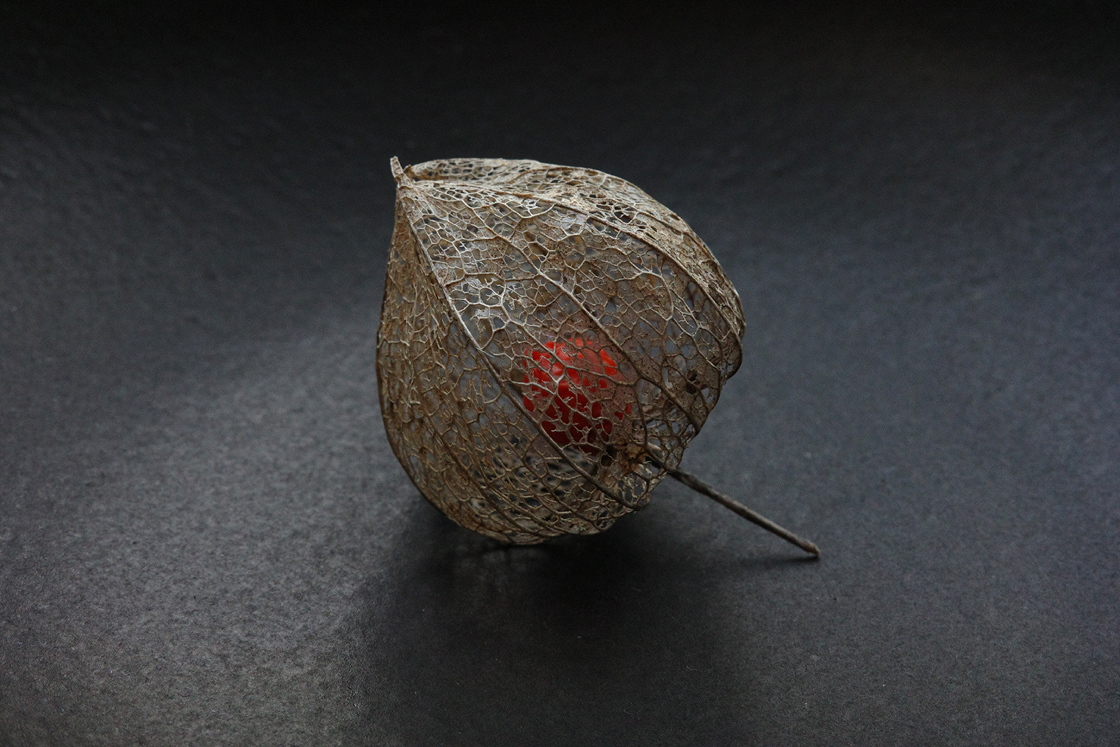
GR IIIx, P mode, ISO1600, 1/20 sec, F9.0, -1.7EV, WB:Auto, Retouched (Crop, Level Compensation)
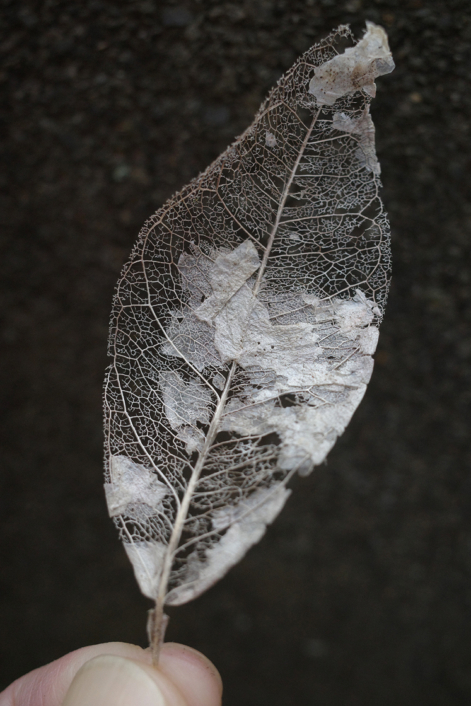
GR III, P mode, ISO800, 1/800sec, F3.5, -1.0EV, WB:Auto, Retouched (Crop, Level Compensation)
Only the fibers of winter cherry and dead leaves reveal the delicate reticulated structure of the trees, a natural formation unique to winter. It is nothing but a magnificent sight.
Focusing is important when photographing a reticulated subject. The autofocus may get confused about whether to focus on the mesh or the other side, so if you press the shutter release button halfway several times and the autofocus fails to focus, you should switch to manual focus mode.
When I switched to macro mode, the focus automatically moved to the minimum shooting distance (6 cm), so I switched to manual focus and took the picture.
Manual focusing with the GR is easy because you can pick up a leaf with your left hand, adjust the distance, and shoot with your right hand. This is a great feature of the GR.
* * * * * *
This time I looked back at the photos I took during the cold season.
I think we will have more warm days from now on. I can't wait for the cherry blossoms.
See you soon!
(Minew)














